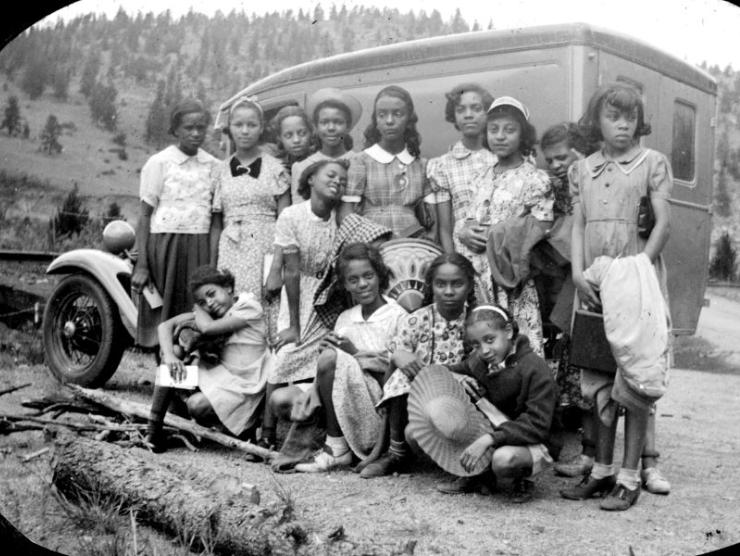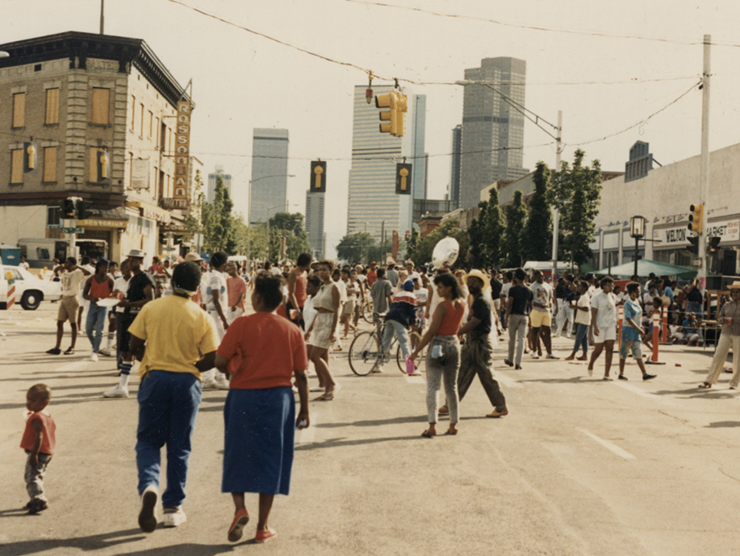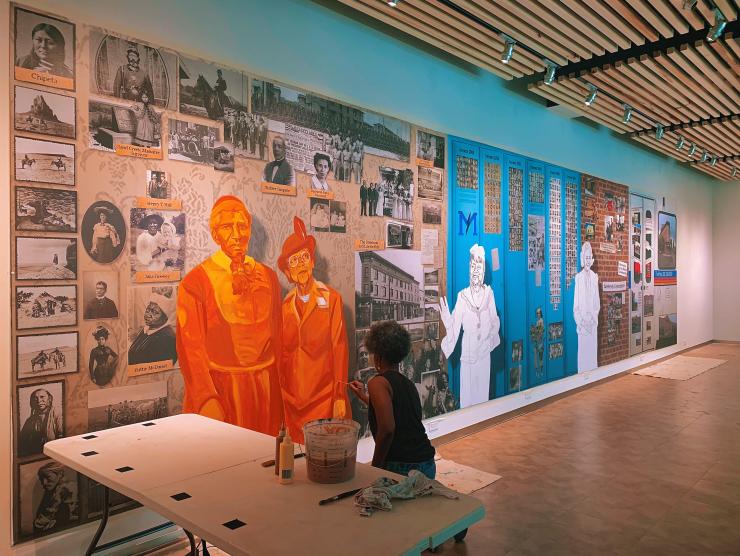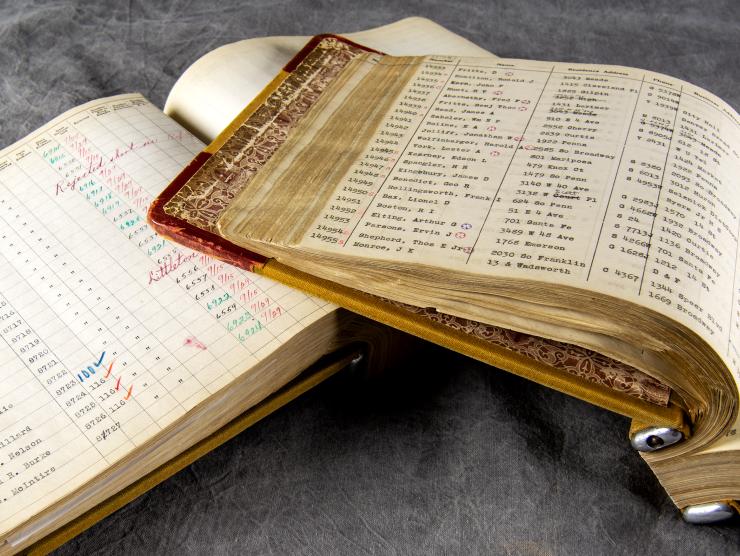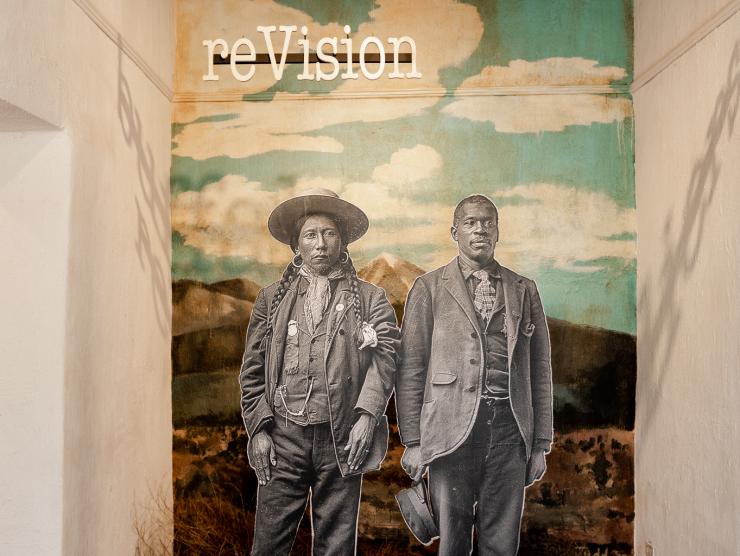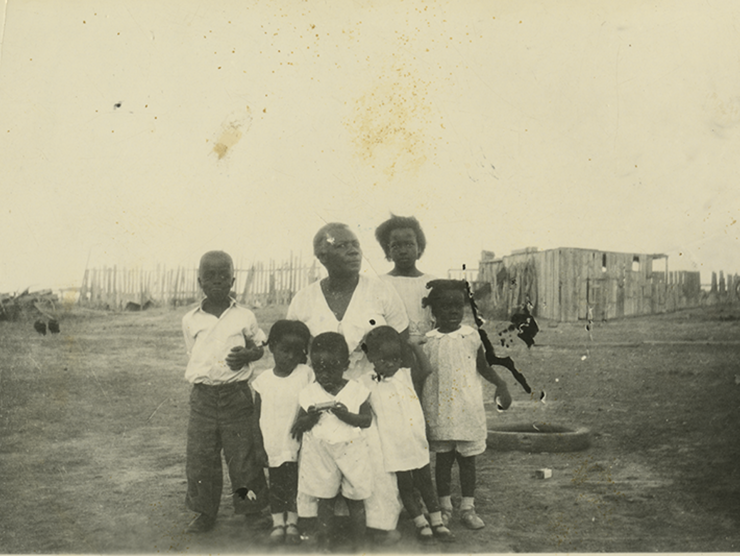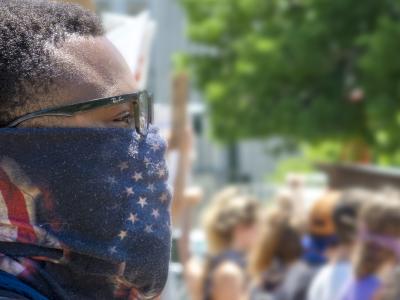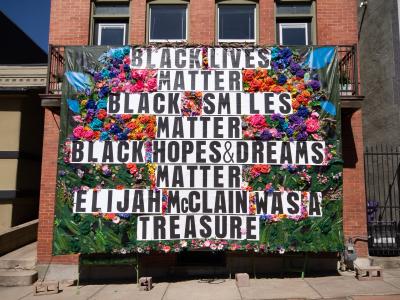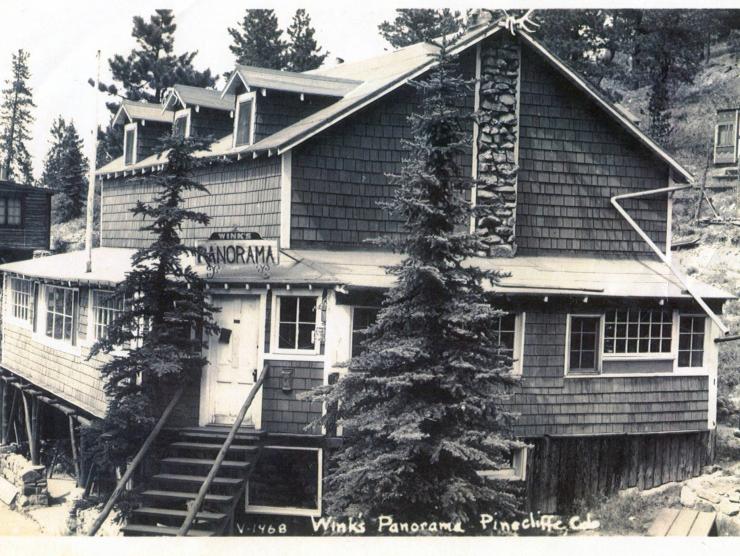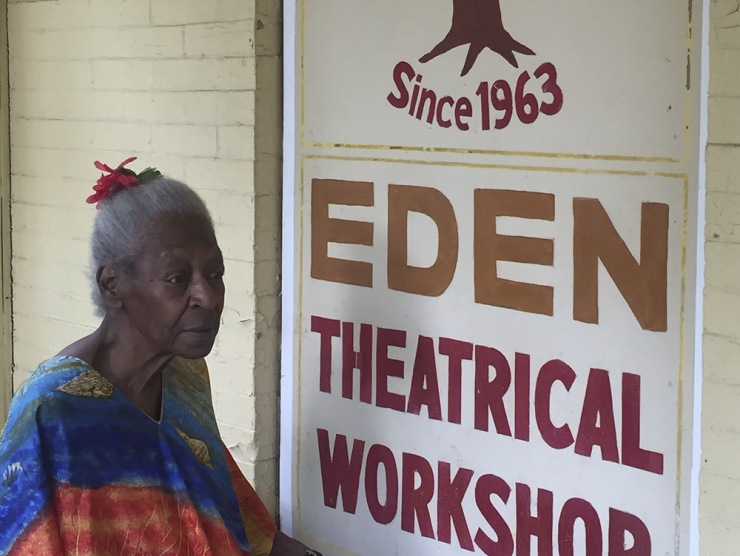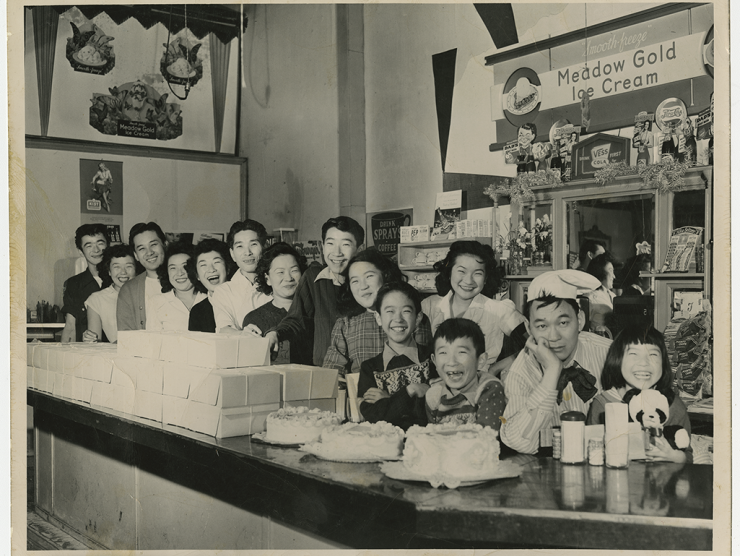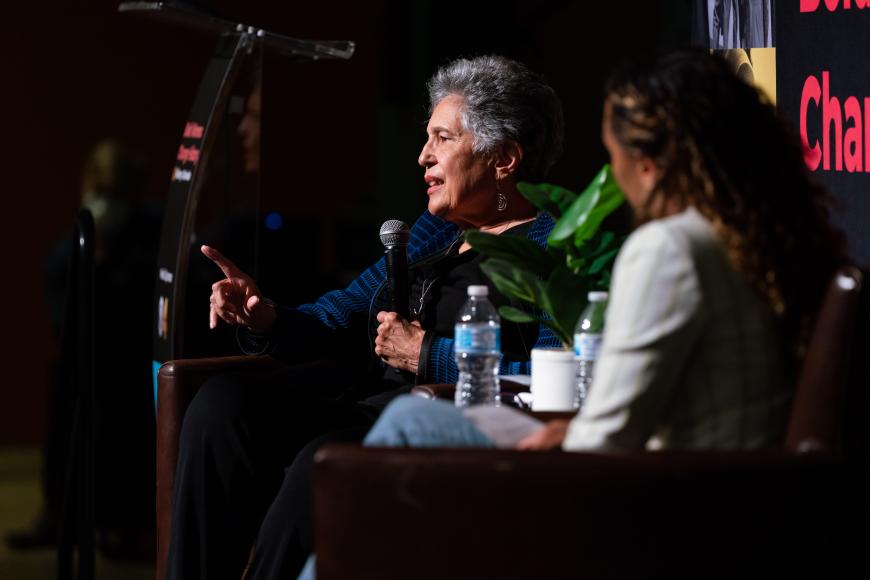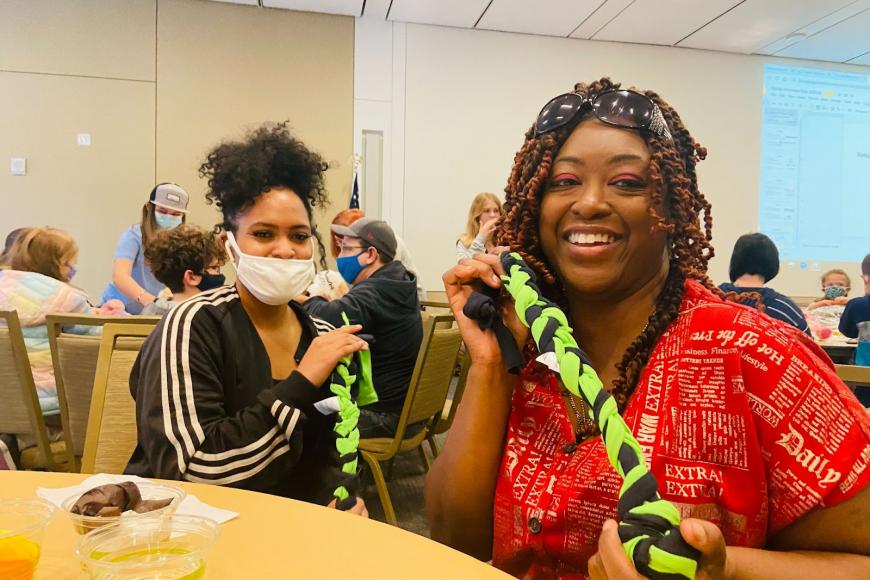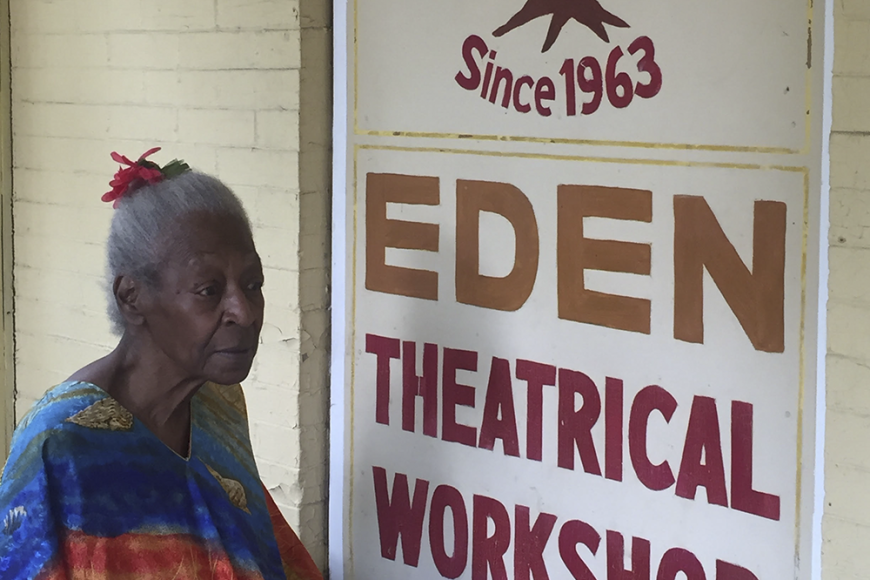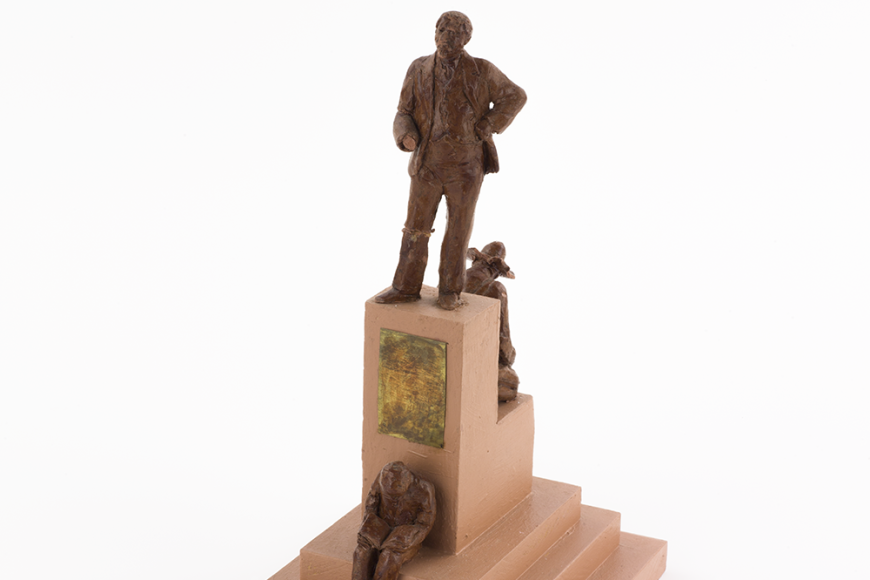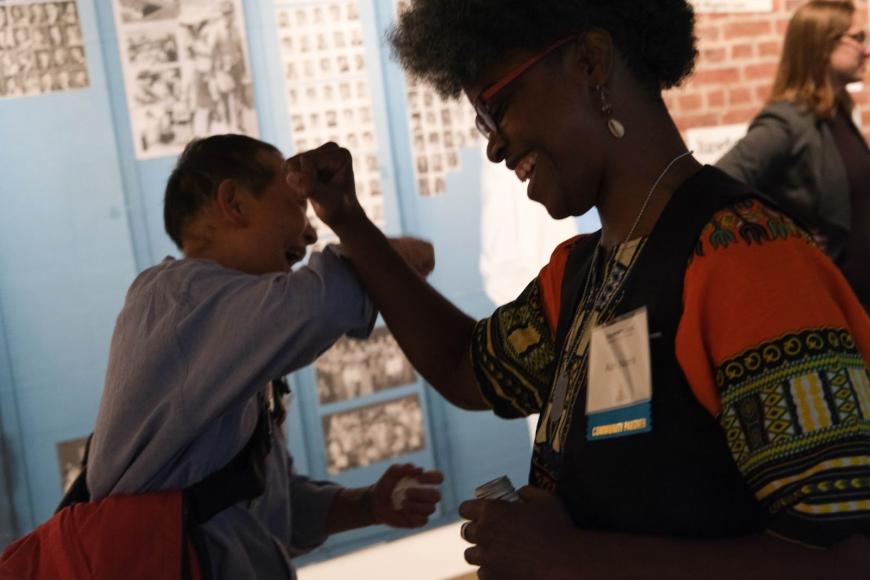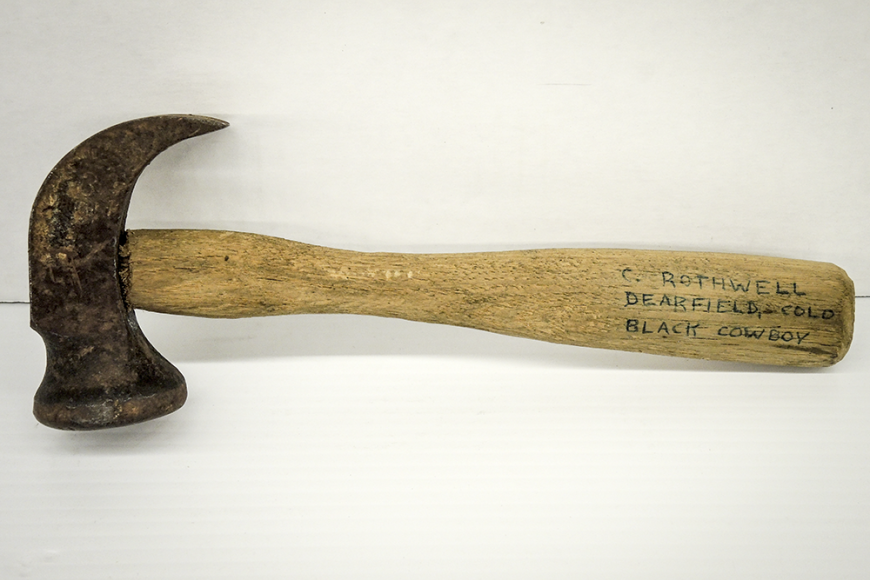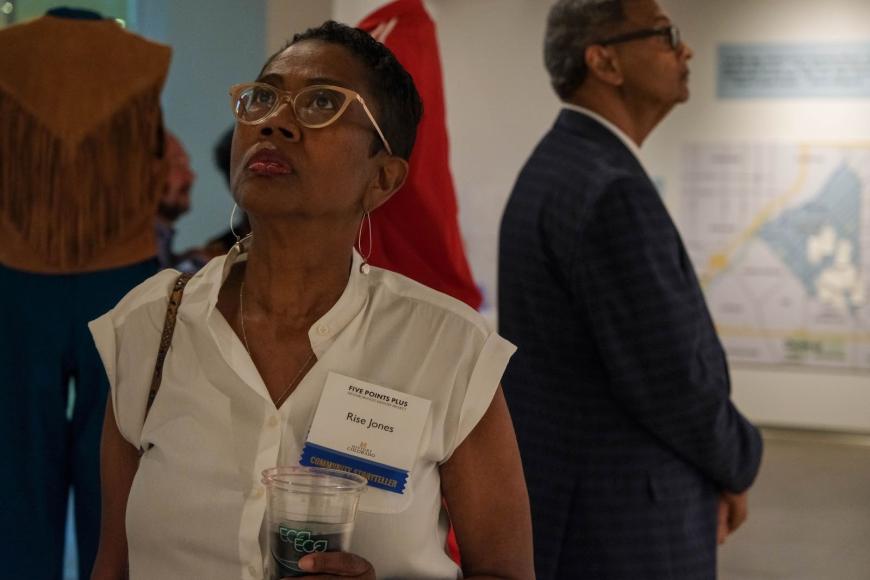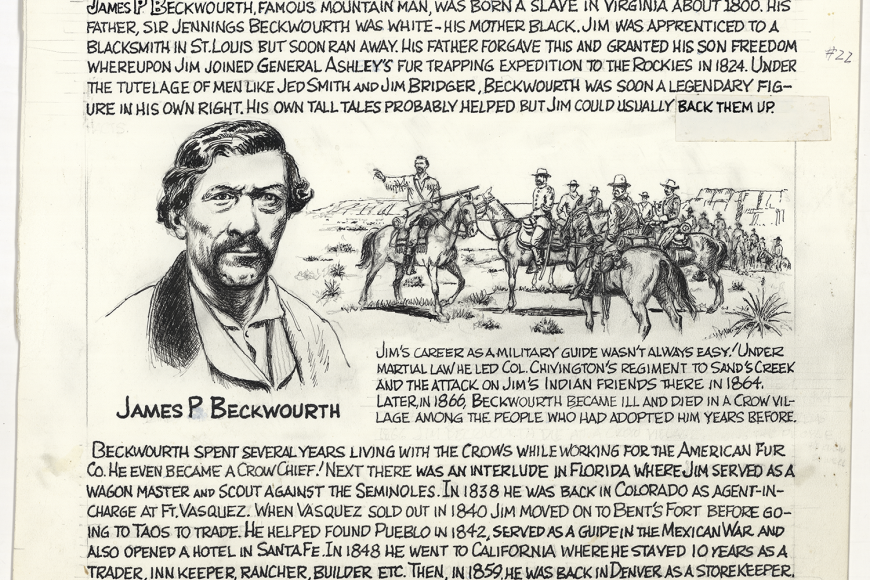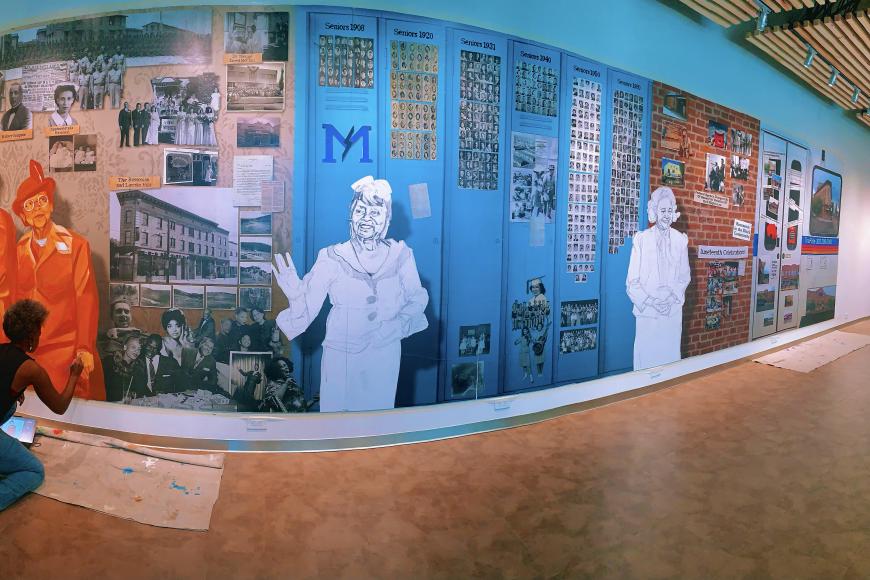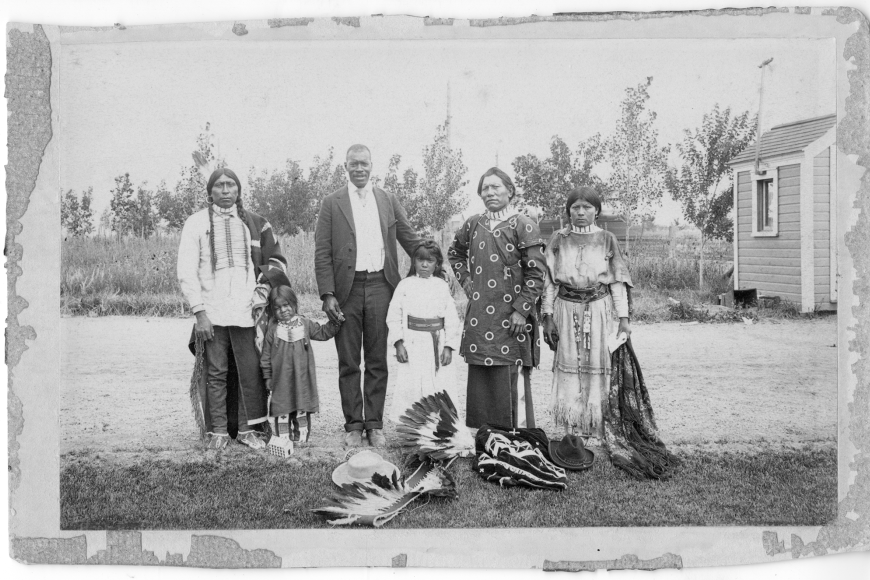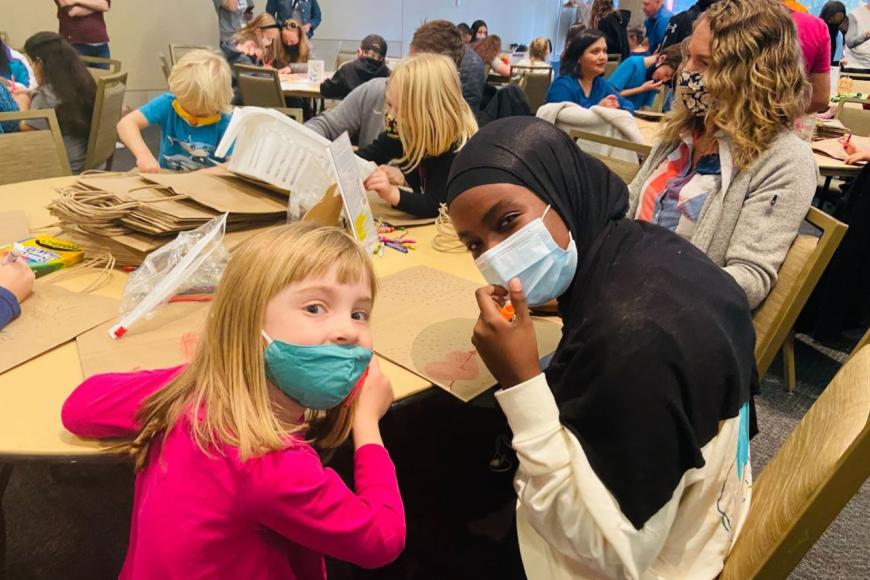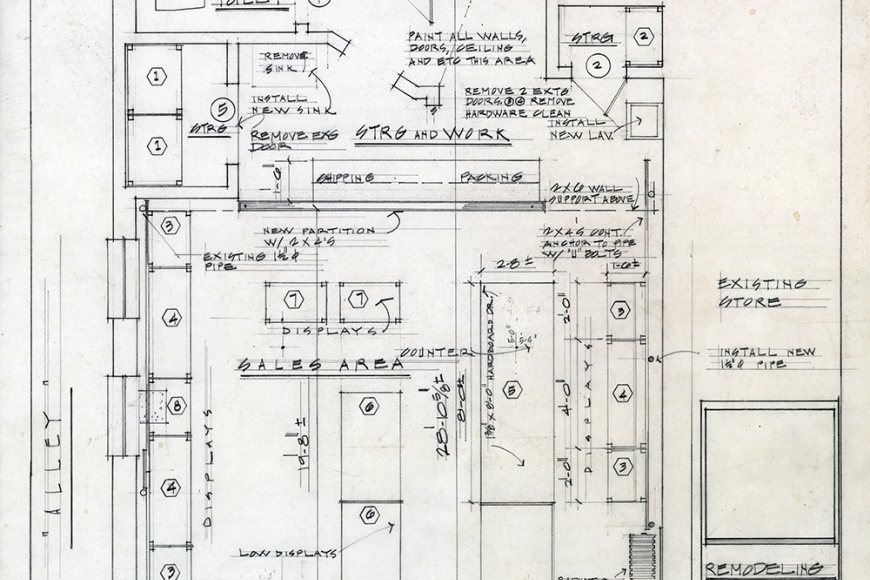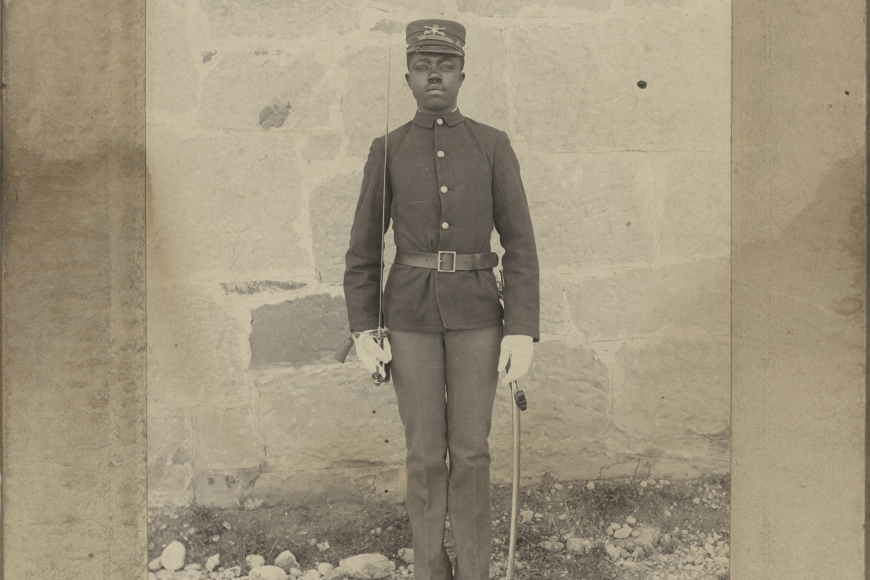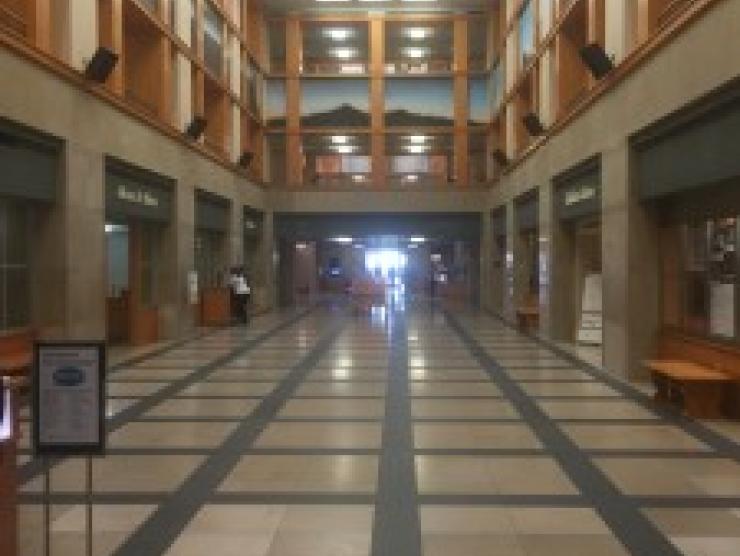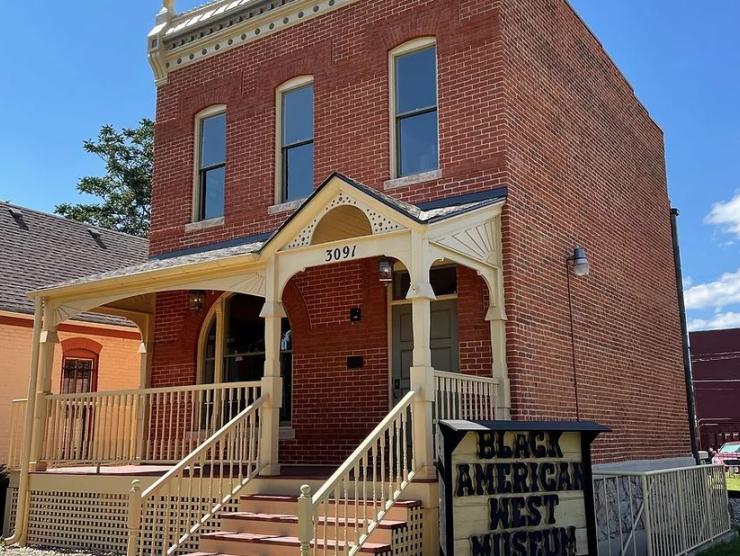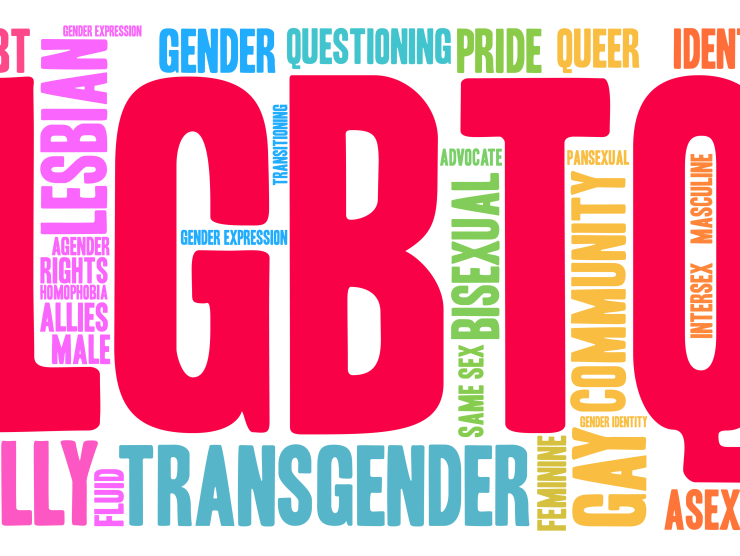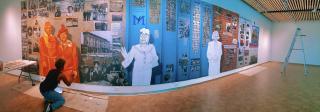
Exhibitions & Experiences
Events
Black Lives Matter
The past few years have caused an awakening in America. The rise of a race-conscious reckoning in the United States has been fueled by the countless murders of African Americans from Elijah McClain to George Floyd, Breonna Taylor, and Ahmaud Arbery. Say Their Names.
The cleverness of racism in the United States facilitates the faceless and namelessness of the lives snuffed out. The Black community has always known the ever-present racial violence that belied the narrative of a post-racial society. History Colorado, awakened like so many Americans to this injustice and decided to do better. History Colorado strives to make history more inclusive by placing marginalized communities at the forefront and actively identifying and combating white supremacy in all of its forms.
Black History & Cultural Heritage Department
The Black History and Cultural Heritage Department of History Colorado is dedicated to exploring the impact African Americans have had on the American West. Too often the contributions of those identified as African Americans have gone unnoticed, underappreciated, or removed from history all together. By creating educational and engaging content, programs, and exhibits that focus on the Black experience in Colorado the Black History and Cultural Heritage Department aims to inspire wonder in our past and work towards a better future.
Contact the Black History and Cultural Heritage Department for:
- Research related to Black History in Colorado
- Artifact collection & Exhibits
- Digitization of photographs, records, etc.
- Oral histories
How should history be told? Rising Colorado voices are pushing museums to rethink their approach →
History Colorado working to share African American stories →
Moving the Five Points mural →
The history of Barney Ford, 200 years later →
How should history be told? Rising Colorado voices are pushing museums to rethink their approach →
Equity & Engagement Department
The Equity and Engagement Department at History Colorado houses a diverse team where each member focuses on various points of diversity and engagement. For Black communities, the goal of equity and representation are at the forefront. Striving to give a platform for the voices of Black communities to celebrate and educate their histories through co-authorship. The Equity and Engagement department strives to bring awareness and show how community involvement is paramount in creating diverse and holistic storytelling throughout history.
Contact the Equity and Engagement Department for:
- Museum of Memory
- School programs
- Volunteer opportunities
- Preservation of place
The Colorado Magazine
The Colorado Magazine gives voice to writers who share our passion for the past and the Centennial State.
Who’s Hoo? -
The Owl Club’s debutante debuts set the stage for many prestigious African Americans in the Mile High City.
Sanctuary, Refuge, and Shelter -
A cornerstone of the African American community in Pueblo, First AME Church honors and shares its history as it pursues historic designation.
A Mile-High Life in Barbecue: "Daddy" Bruce Randolph, Sr. -
Colorado's most prominent pitmaster in the twentieth century, "Daddy" Bruce was as famous for his generosity as he was for his sauce.
The Little World Series of the West: Integrating Baseball in Denver -
Black baseball players shaped the game and American society beyond the ballfield. It’s a story that runs, surprisingly, straight through Denver and an event that called itself “The Little World Series of the West.”
Don’t Leave Home Without Your Green Book: The Black Travel Experience in Colorado During the Jim Crow Era -
During the rise of auto travel for both business and leisure in the twentieth century, the Green Book helped Black travelers safely navigate their road trips and boost Black businesses along the way.
“Curse of a Nation”: Denver Black Newspapers Respond to the Debut of “Birth of a Nation” -
How Denver’s Black newspapers raised the alarm and rallied the resistance against one of Hollywood’s first—and most notoriously racist—blockbusters.
The John R. Henderson Collection: Colorado’s First Licensed Black Architect -
On October 7, 1959, John R. Henderson, Jr. registered to practice architecture in Colorado, becoming the first licensed Black architect in the state.
Health, Recreation, Education, and Uplift: Lincoln Hills and Black Recreation in the Colorado Mountains -
When temperatures soared in cramped, noisy cities, Colorado’s higher elevations promised chilly nights and mild days spent fishing, camping, and hiking under shady pine trees. Unlike their white counterparts, however, African Americans could not head just anywhere in the mountains. Not far outside of Denver, Lincoln Hills, a vacation community developed for Black people, represented both an escape from the city and an escape from segregation.
We Can’t Afford to Fail This Time -
On the evening of July 12, 1967, in Newark, New Jersey, two white police officers badly beat a black cab driver named John William Smith in the course of arresting him for a traffic violation. News of this spread like wildfire through the African American community, and angry crowds gathered outside the police station.
James Beckwourth: African Americans in History and the West -
There are countless examples of African Americans who left their mark on every stage of history, despite societal and cultural obstacles in the way. However, their stories are often not told or represented either during their lifetime or after. One who defied all constraints of the time and whose name became famous nationwide both during his lifetime and long after his death was James P. Beckwourth.
Lost Highways
History Colorado’s critically acclaimed podcast, Lost Highways: Dispatches from the Shadows of the Rocky Mountains, expands the history of the American West by exploring how overlooked stories from the past have shaped current world events and continue to impact our lives today.
You Don't Know Barney Ford -
Cathay Williams/William Cathay: Buffalo Soldier -
Cathay Williams was an African American Woman who was conscripted to work as General Philip Sheridan's cook during the Civil War. When the war was over, she wanted to join one of the all-Black Army Regiments that later became known as the “Buffalo Soldiers." But women weren't allowed to serve at that time. So she put on men's clothes, changed her name to William Cathay, and spent the next three years as a Buffalo Soldier in the "Wild West."
The Original BlacKkKlansman -
Game Changers -
One hundred years ago, a pitcher with a nasty curveball and a mind for business named Rube Foster formed "the Negro Leagues." In a story that in many ways mirrors American history from Reconstruction to the Civil Rights Movement, African Americans in baseball shaped the game and American society beyond the ballfield. It’s a story that runs, surprisingly, straight through Denver and an event that called itself “The Little World Series of the West.”
The Dearest Field -
In the aftermath of the American Civil War, all-Black settlements sprang up throughout the West as formerly enslaved people and their descendants sought to build a better life.

